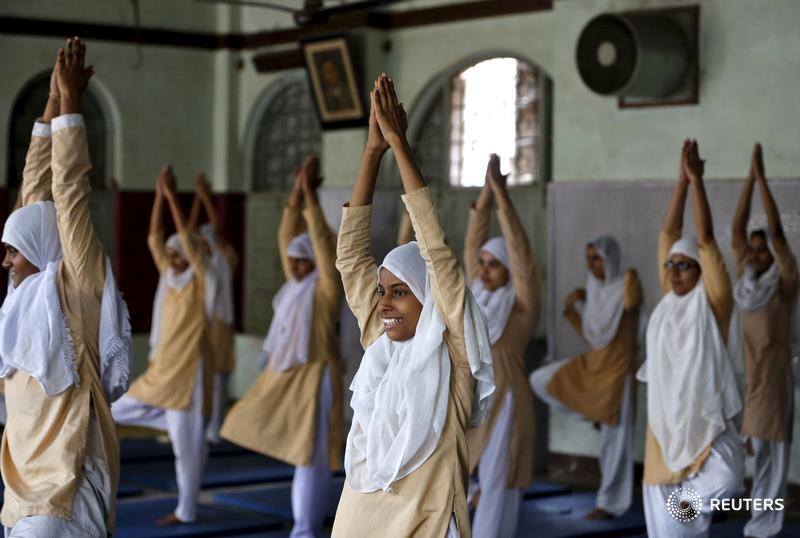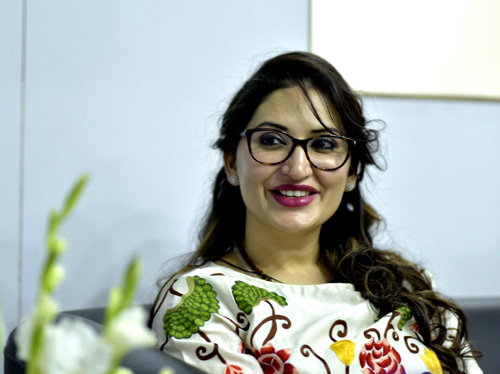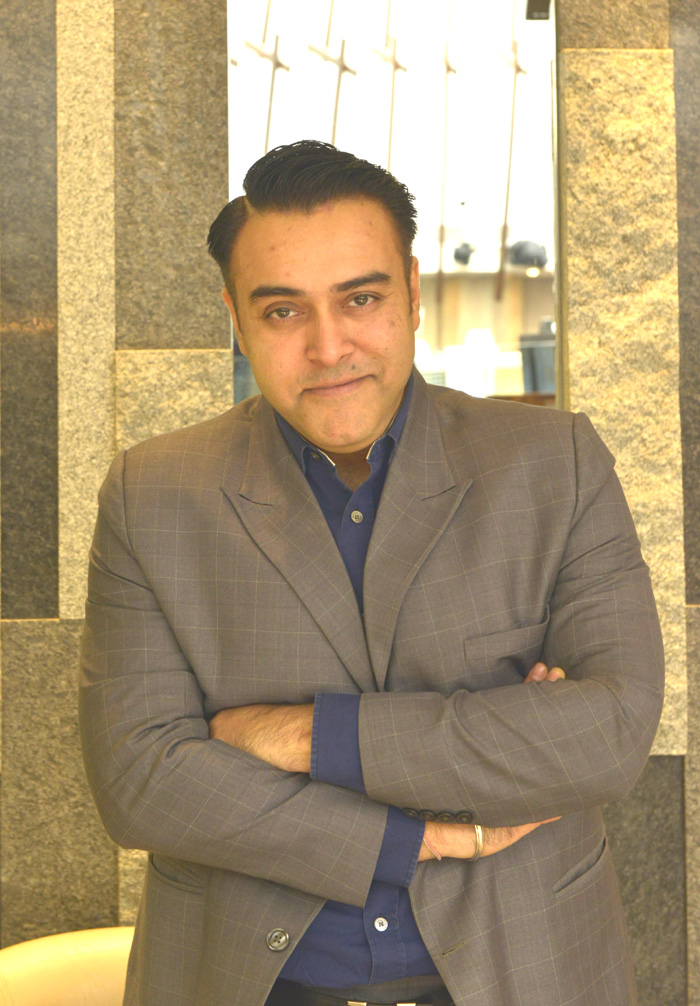

Thanks to the efforts of Prime Minister Narendra Modi, we have celebrated June 21 as the International Yoga Day, declared by the United Nations General Assembly. Yoga has become popular worldwide, because of its relevance to modern needs, in terms of delaying degenerative processes and reducing stress. It has been very much a part of my life and profession because ayurveda and yoga are so closely connected. In fact, today both have gained relevance as a means of attaining fitness, good health, freedom from stress and a well-balanced personality.
I have a demanding career, with hectic schedules. I have found yoga to be an excellent way of relieving stress. The best thing about yoga is that it does not need any equipment and can be done anywhere. I have been practising yoga every morning for a long time. I continue with it even when I am traveling abroad. One of the aspects which appeals to me is that it involves breath control and specifies the inhalation and exhalation of breath during the exercise. Thus, without any strain on the body, one achieves an aerobic effect.
The word “yoga” actually means “union” and signifies the union of body and mind. Therefore, it recognises that body and mind are not separate entities, but are interdependent and interlinked. We should not mistake it to be some mystic discipline, involving bodily contortions, because modern research has shown that it is based on scientific principles.
It was Patanjali which first described the eight limbs of yoga, around 200 BC. Among the many yogic paths, which include meditation, it is ‘Hatha yoga’, which is popularly practised. It deals with physical exercises, entailing the assumption of postures, or “asanas”, as they are called. These are well-defined and have precise results. These asanas involve static positions and a particular pose is supposed to be held for a prescribed duration of time. During this time, the mind is also disciplined, as it concentrates on the particular parts of the body. At the same time, the muscles and nerves are also exercised.

Pranayama, or control of breathing, is combined with these. The ancient sages devised simple physical exercises to control the mind. They had observed that if you concentrate on an involuntary act like breathing, you could free the mind from its constant worry and ‘chatter’. Ideally these exercises should be learnt from a qualified person, but you can try a few simple exercises at home.
At any given time both our nostrils should be open. This signifies a balance or a harmony between the ‘hot’ and ‘cold’ nerves. You can try it right now. Close the right nostril gently with your ring finger and inhale slowly with the left one. Then close the left nostril with the thumb and exhale through the right nostril. Do this 10 to 12 times at an easy pace. Repeat the process, inhaling with the right and exhaling through the left. This will actually help to open both nostrils. Do not hold your breath while doing this. You will feel the difference immediately, finding that you are awake and more alert. The tensions will gradually melt away. You can even do this simple exercise 3 to 4 times a day.
One of the advantages of yoga is that it can be adjusted to suit age and personal capacity. The duration and frequency can be adjusted according to the flexibility and stamina of the individual. The duration can be increased gradually. The other important aspect of yoga is that it involves breath control and specifies the inhalation and exhalation of breath during the exercise. Thus, without any strain on the body, an aerobic effect can be achieved. In fact, the exercises end with poses which aid recuperation, calming the mind and bringing about total relaxation. The best thing is that there is no fatigue after exercising. Instead, there is a feeling of physical and mental exhilaration.
The yogic asanas are designed to keep the spine and joints flexible and supple and this goes a long way in delaying age-related signs. It also includes exercises for particular physical complaints. There are numerous other benefits. The posture improves and so does suppleness and grace. Muscles are toned and blood circulation improves. It helps to induce relaxation of both body and mind, soothing the nerves and releasing mental tensions. Yoga also helps to relieve fatigue and allows recuperation of energy. The ancient sages of India also advocated yoga for preserving the youthful qualities of the body. In fact, exercise has an overall rejuvenating effect. It improves circulation, strengthens the body, eliminates toxins and wastes and also helps to reduce stress. All these can help to preserve youthful qualities of the body and benefit the appearance.
According to yoga, the body is the temple of the soul. The appeal of yoga lies in its numerous benefits, as it works on muscle groups, increases vitality, tones the internal organs, stimulates the nerve centres, relieves stress and clears the mind. Yoga can be included in any exercise programme, but it is best learnt under supervision and guidance.
(The writer is CMD at The Shahnaz Husain Group of Companies)










